2003-02-19 11:13
Gwangyang hinterland development by government
The hinterlands at Gwangyang Port are now a public works project.
The MOMAF Yeosoo Regional Office revealed Feb. 5 that the national development plan was finalized with the inclusion of hinterland development at Gwanayang port.
According to the Yeosoo MOMAF Office, the KCTA (Korea Container Terminal Authority) and local governments pushed ahead with "the third body sector" for the hinterland project in order to advance development. However, as the idea keeps being put forward that the government should develop the port and lease it cheaply in order to foster the port as a hub in Northeast Asia, over the past year MOMAF has reviewing the situation with related ministries and finalized their decisions.
As a result, the hinterland east of Hapo, 588,000 pyoung wide, will be given around 170 billion won for infrastructure such as roads and bridges, and around 57.9 billion won to organize a logistic complex as wide as 210,000 pyoung. Gwangyang city will pour 60 billion won into the project to develop 350,000 pyong by 2008.
Given that the hinterland project will be a national infrastructure development project, it will be designated as a Custom Free Zone upon completion. Especially, for the purpose of drawing businesses, Gwangyang will benefit as follow: complete exemption of corporate taxes and income tax for 7 years (50% reduction for the 3 years following), complete exemption for acquisition taxes, property tax and land tax for 5 years (50% reduction for the next 3 years) and a free 50 year lease on the government owned land it will occupy.
An official at Yeosoo MOMAF expected, "This decision would bring on more import and export cargoes as well as transit cargoes to the port with the help of the quick development of the hinterlands. By nurturing and improving the port-related industry in the complex and the port hinterland, logistic costs would also be saved."
In the long term, logistic industry development will produce high-value services, producing 240 billion won in added value and giving birth to 13,000 jobs by 2011.
The MOMAF Yeosoo Regional Office revealed Feb. 5 that the national development plan was finalized with the inclusion of hinterland development at Gwanayang port.
According to the Yeosoo MOMAF Office, the KCTA (Korea Container Terminal Authority) and local governments pushed ahead with "the third body sector" for the hinterland project in order to advance development. However, as the idea keeps being put forward that the government should develop the port and lease it cheaply in order to foster the port as a hub in Northeast Asia, over the past year MOMAF has reviewing the situation with related ministries and finalized their decisions.
As a result, the hinterland east of Hapo, 588,000 pyoung wide, will be given around 170 billion won for infrastructure such as roads and bridges, and around 57.9 billion won to organize a logistic complex as wide as 210,000 pyoung. Gwangyang city will pour 60 billion won into the project to develop 350,000 pyong by 2008.
Given that the hinterland project will be a national infrastructure development project, it will be designated as a Custom Free Zone upon completion. Especially, for the purpose of drawing businesses, Gwangyang will benefit as follow: complete exemption of corporate taxes and income tax for 7 years (50% reduction for the 3 years following), complete exemption for acquisition taxes, property tax and land tax for 5 years (50% reduction for the next 3 years) and a free 50 year lease on the government owned land it will occupy.
An official at Yeosoo MOMAF expected, "This decision would bring on more import and export cargoes as well as transit cargoes to the port with the help of the quick development of the hinterlands. By nurturing and improving the port-related industry in the complex and the port hinterland, logistic costs would also be saved."
In the long term, logistic industry development will produce high-value services, producing 240 billion won in added value and giving birth to 13,000 jobs by 2011.
많이 본 기사
- 국제물류업계, 광양항 마지막 배후단지 활용법 모색한다‘일상이 된 물류시장 불확실성’, AI·친환경이 돌파구‘고환율·저운임’ 글로벌 물류기업 일제히 부진한 실적 신고‘수요 둔화 지속’ 컨운임지수 한주만에 1300선으로 후퇴DHL, 중동 두바이에 차세대 물류허브 개소한국해양대, 장금상선등 해운사와 해양인재 양성방안 모색해운협회, 부산항도선사회와 CCTV 활용 안전도선 업무협약KMI, 우리나라와 북극권국가 협력 방안 모색2028년 유엔 해양총회 한국 유치 확정벌크선시장, 급등 이후 조정 '속도 조절 들어가나'
- 전재수 해수부 장관 사의…“해양수도권 차질없이 육성되길”쿠팡 박대준 대표이사 사임…“개인정보 유출 책임 통감”日 ONE 운항 9100TEU급 컨선 화재…공동해손 선언윌로그, 벤처창업진흥유공 대통령 표창 수상아시아나IDT, 산업안전세미나 개최…‘플랜투두’ 확산 전략 공유아로아랩스, 중기부 창업지원프로그램 선정…연구개발 자금 확보부음/ 해운조합 최종진 본부장 빙모상조선기자재硏·이마린·그린에너지솔루션, 친환경선박 배출수 기술개발...경운대, 국제항공운송협회와 대학 최초 교육협약 체결인천항만공사, 전기차 화재대응 안전역량 강화 나선다





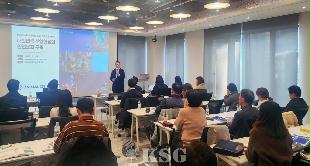
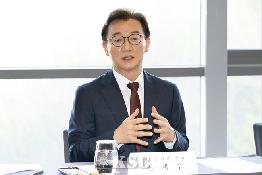


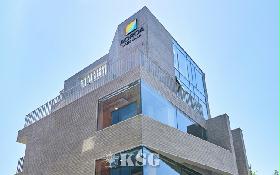
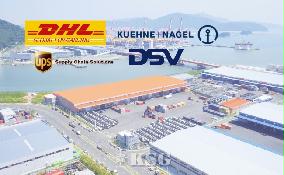

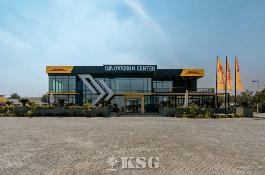
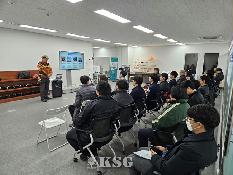
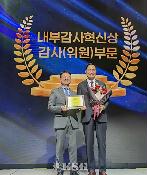
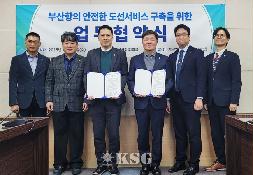
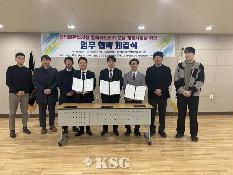

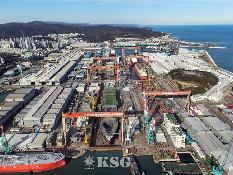
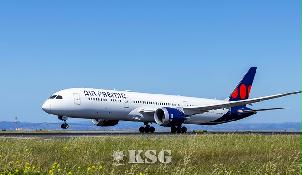
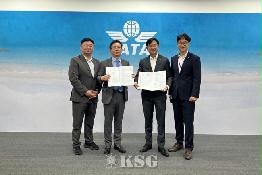
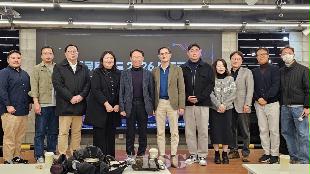
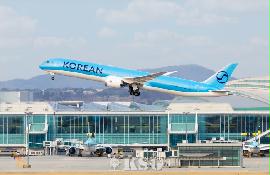


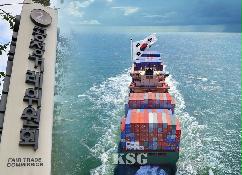
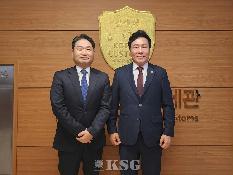

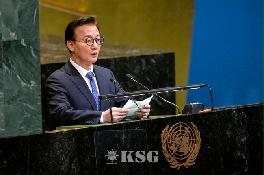
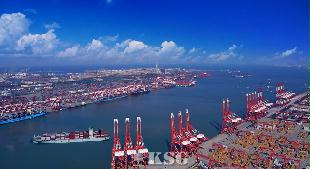
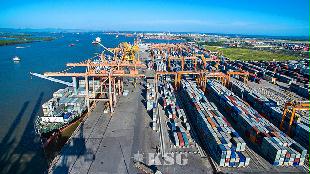
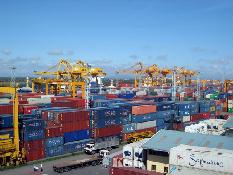






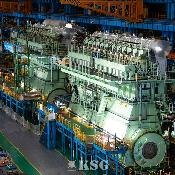
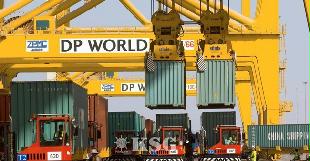
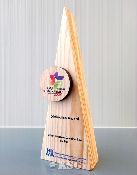
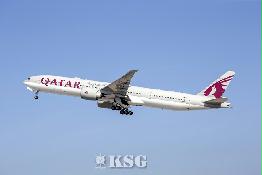





















0/250
확인